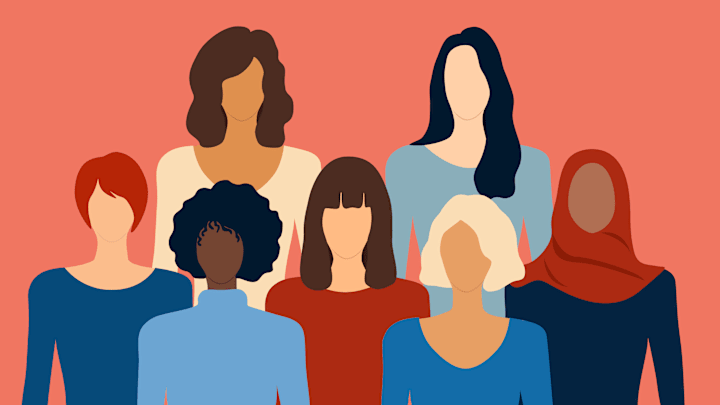For more than 100 years, countries around the world have celebrated what has come to be known as International Women’s Day. While its purpose differs from place to place—in some countries it’s a day of protest, in others it’s a way to celebrate the accomplishments of women and promote gender equality—the holiday, which occurs each year on March 8, is more than just a simple hashtag. Let’s take a moment to explore the day’s origins and traditions.
- International Women’s Day originated more than 100 years ago.
- The celebration got women the vote in Russia.
- The United Nations officially adopted International Women’s Day in 1975.
- International Women’s Day is an official holiday in dozens of countries.
- International Women’s Day is a combined celebration with Mother’s Day in several places.
- Each year’s International Women’s Day festivities have an official theme.
International Women’s Day originated more than 100 years ago.

On February 28, 1909, the now-dissolved Socialist Party of America organized the first National Woman’s Day, which took place on the last Sunday in February. In 1910, Clara Zetkin—the leader of Germany’s Women’s Office for the Social Democratic Party—proposed the idea of a global International Women’s Day, so that people around the world could celebrate at the same time. On March 19, 1911, the first International Women’s Day was held; more than 1 million people in Germany, Switzerland, Austria, and Denmark took part.
The celebration got women the vote in Russia.
In 1917, women in Russia honored the day by beginning a strike for “bread and peace” as a way to protest World War I and advocate for gender parity. Czar Nicholas II, the country’s leader at the time, was not impressed, and instructed General Khabalov of the Petrograd Military District to put an end to the protests—and to shoot any woman who refused to stand down. But the women wouldn’t be intimidated and continued their protests, which led the czar to abdicate just days later. The provisional government then granted women in Russia the right to vote.
The United Nations officially adopted International Women’s Day in 1975.
In 1975, the United Nations—which had dubbed the year International Women’s Year—celebrated International Women’s Day on March 8 for the first time. Since then, the UN has become the primary sponsor of the annual event and has encouraged even more countries around the world to embrace the holiday and its goal of celebrating “acts of courage and determination by ordinary women who have played an extraordinary role in the history of their countries and communities.”
International Women’s Day is an official holiday in dozens of countries.

International Women’s Day is a day of celebration around the world, and an official holiday in dozens of countries. Afghanistan, Cuba, Vietnam, Uganda, Mongolia, Georgia, Laos, Cambodia, Armenia, Belarus, Montenegro, Russia, and Ukraine are just some of the places where March 8 is recognized as an official holiday.
International Women’s Day is a combined celebration with Mother’s Day in several places.

In the same way that Mother’s Day doubles as a sort of women’s appreciation day, the two holidays are combined in some countries, including Serbia, Albania, Macedonia, and Uzbekistan. On this day, children present their mothers and grandmothers with small gifts and tokens of love and appreciation.
Each year’s International Women’s Day festivities have an official theme.
In 1996, the UN created a theme for that year’s International Women’s Day: Celebrating the Past, Planning for the Future. In 1997, it was “Women at the Peace Table,” then “Women and Human Rights” in 1998. That tradition has continued in the years since: For 2025, the theme of International Women’s Day is “Accelerate Action.” The UN’s theme is “For ALL women and girls: Rights. Equality. Empowerment.”
Read More Articles About Women’s History Here:
A version of this story originally ran in 2019; it has been updated for 2024.
